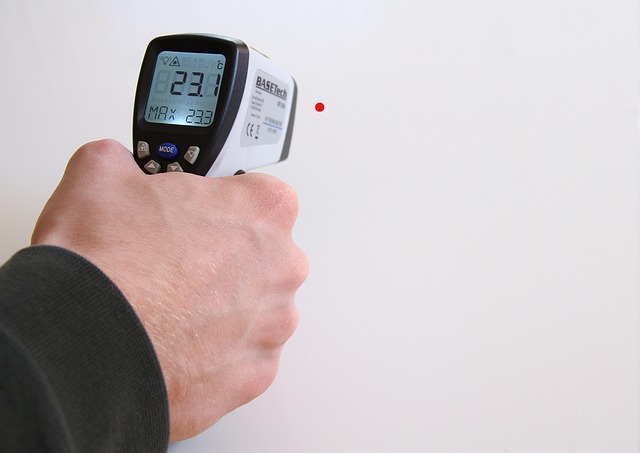Mastering Color Temperature: A Photographer’s Guide
In the fascinating world of photography, color temperature plays a crucial role in the mood and tone of your images. It’s an essential concept for anyone looking to elevate their photography skills. Whether you’re capturing the soft glow of a sunset or the cool tones of a winter morning, understanding color temperature can transform a simple photograph into a compelling narrative.
Color temperature, measured in Kelvin (K), refers to the warmth or coolness of the light within your image. The light source, whether natural or artificial, impacts how colors are rendered and perceived by the viewer. For example, candlelight radiates a warm glow around 1800K – 2000K, while midday sunlight can be found at approximately 5000K – 6000K, creating a neutral balance. As photographers, harnessing this aspect of light can evoke different emotions and enhance the storytelling in our images.
When you consider photographs taken under varied lighting conditions, you begin to understand how color temperature influences the overall composition. Borrows from nature; when you photograph the soft pastel colors of dawn, the cooler hues can embody tranquility and serenity. Conversely, capturing the richness of golden hour sunlight at a lower color temperature emphasizes warmth, romance, and nostalgia.
Your camera settings are paramount when mastering color temperature. Most modern DSLRs and mirrorless systems come equipped with white balance settings, allowing photographers to adjust the camera’s sensitivity to color temperature. This adjustment is crucial when shooting in mixed lighting conditions, ensuring colors remain true to life and consistent. Whether you select preset modes, such as ‘daylight’, ‘cloudy’, or ‘tungsten’, or manually set the Kelvin temperature, familiarity with these settings is key to achieving the desired effect.
Optics also plays a significant role in how light and color interact with your subject. Lenses can modify color rendition based on their construction and coating. Prime lenses, known for their high-quality glass and sharpness, often render colors with remarkable accuracy, while some zoom lenses might introduce slight variations in color temperature. Understanding the optics of your equipment will help you further hone your skills in capturing the precise color temperature that complements your artistic vision.
As you venture into the world of photography, don’t forget to experiment with color temperature. Allow yourself to explore various lighting scenarios, and take note of how they affect your images. Whether you’re shooting a bustling cityscape under neon lights or a serene landscape at dusk, your mastery of color temperature will provide the emotional depth and resonance that truly captivates viewers.



